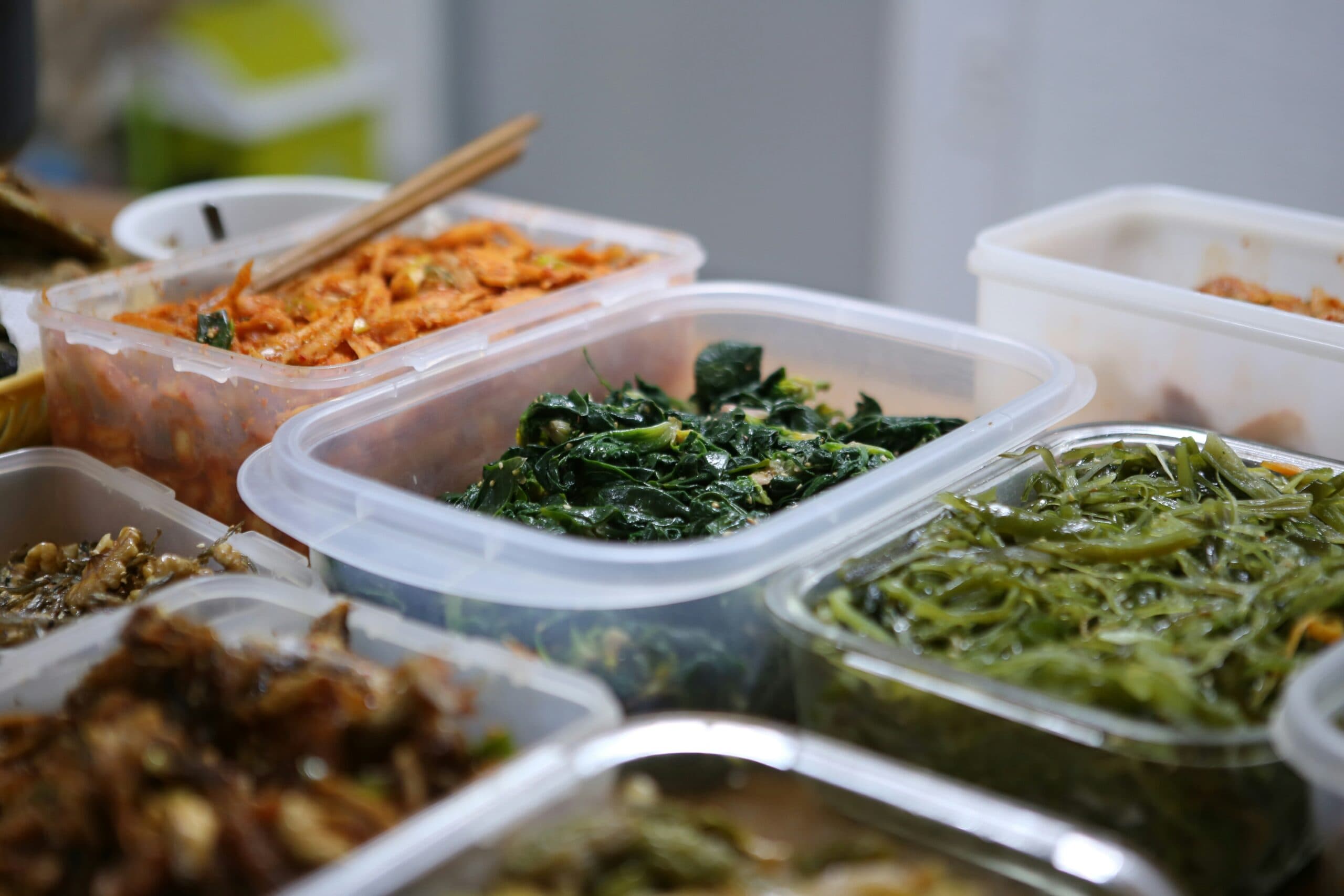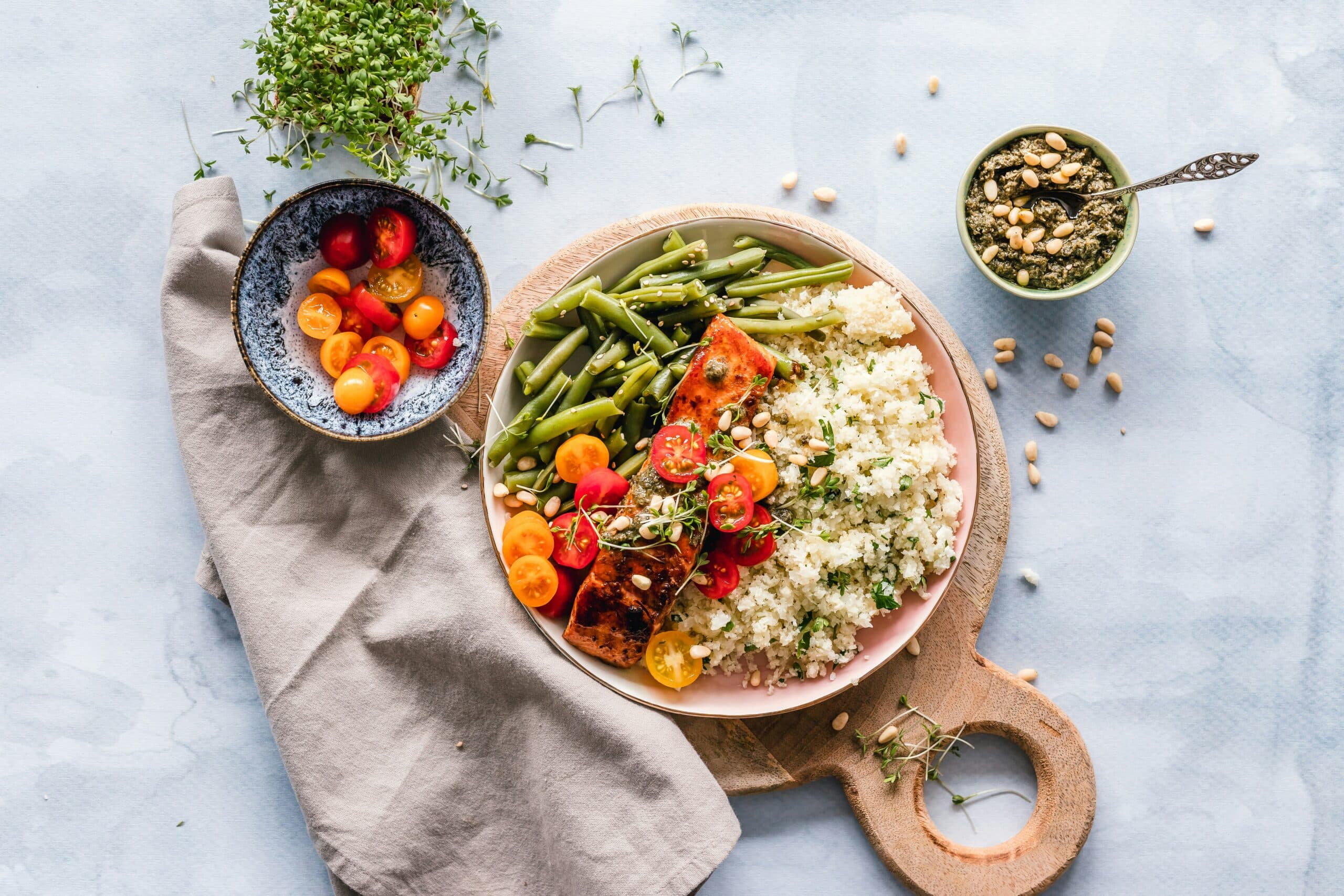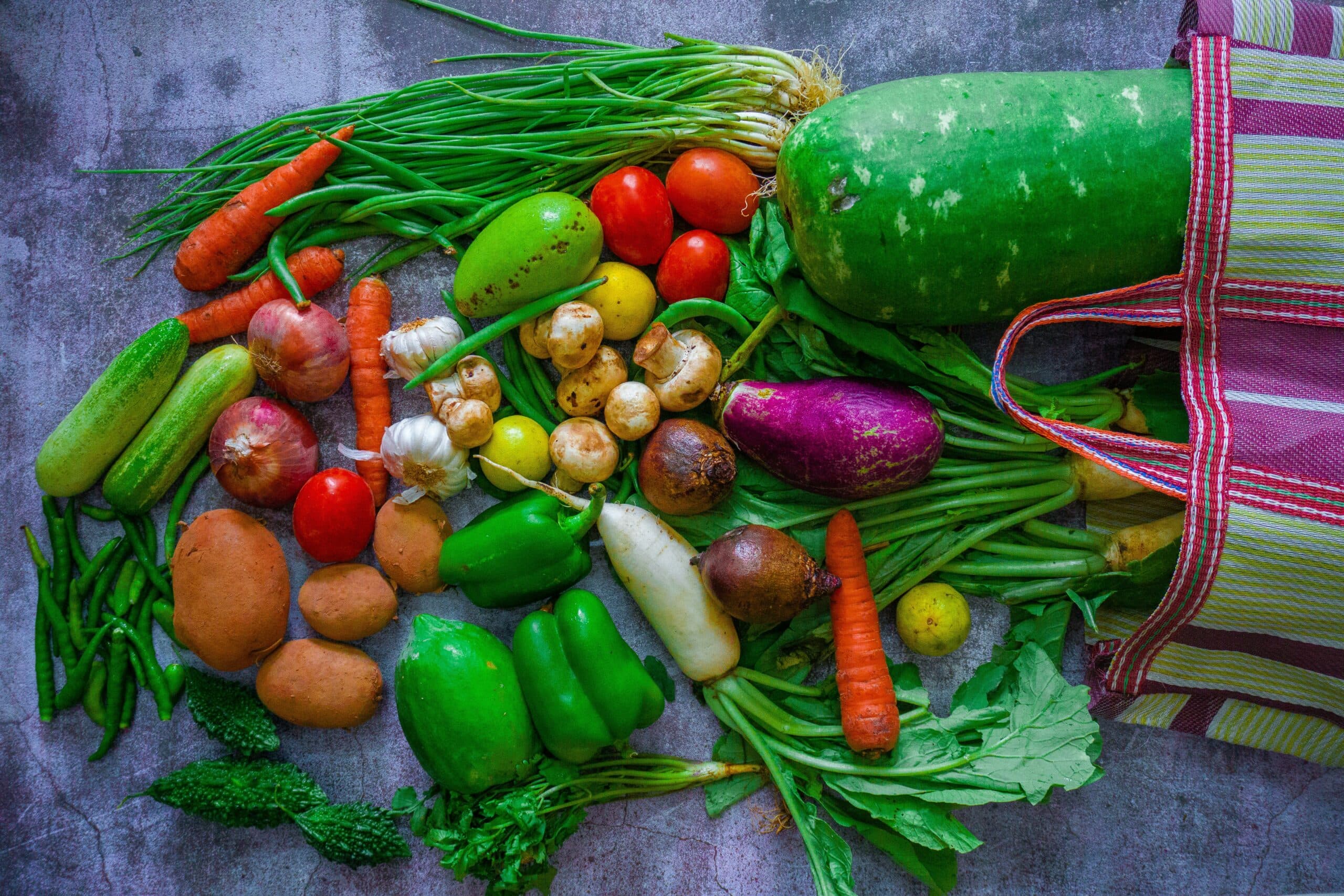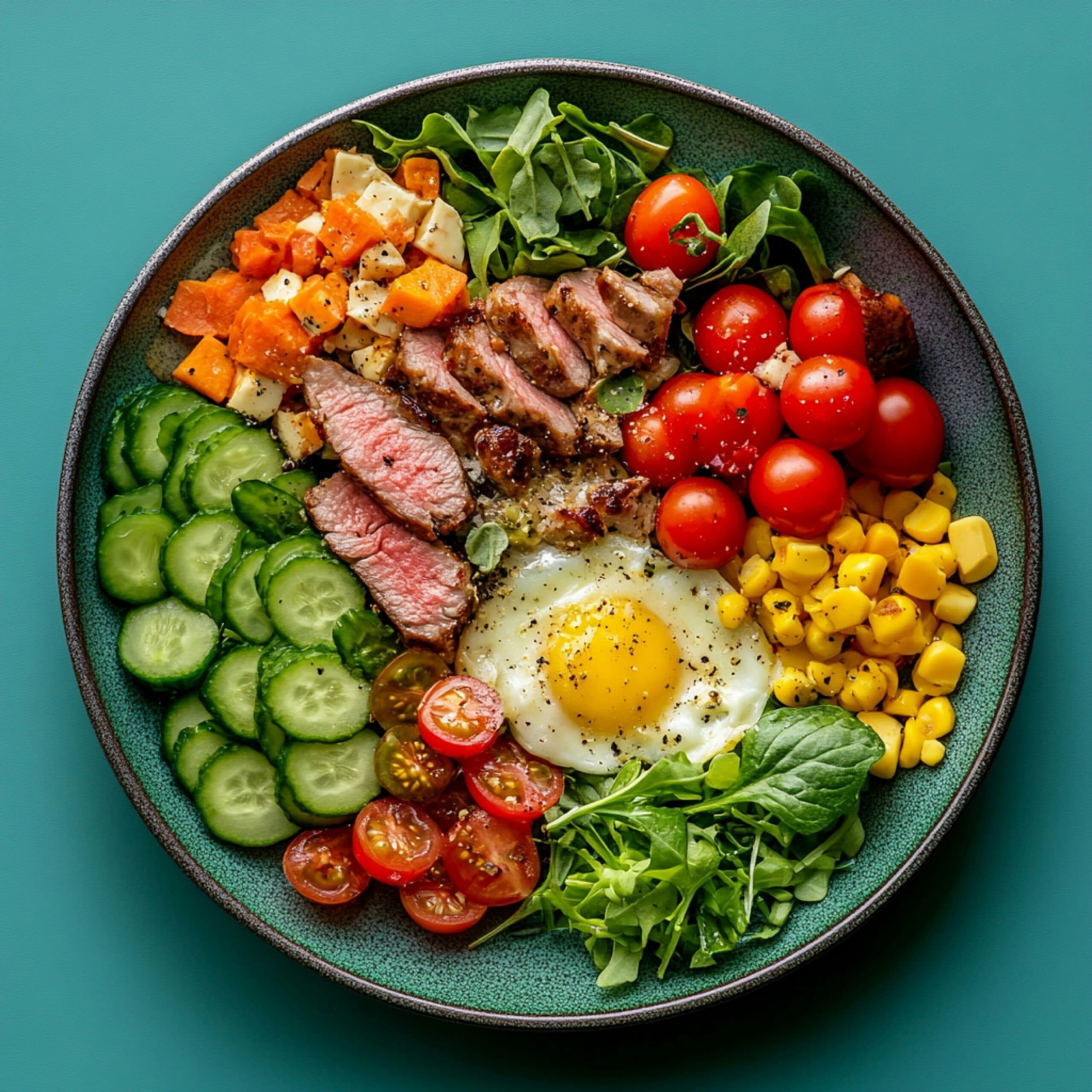
October 21, 2025
Meal Planning 101: Shop Smart for a Week of Healthy Meals
Why Meal Planning Matters
Meal planning isn’t just a trendy buzzword, it’s one of the most effective tools for maintaining a healthy, balanced diet while saving time and money. Whether you’re feeding a family of four, juggling long work hours, or managing specific health goals, a little planning before you hit the grocery store can make all the difference.
Healthy meal planning isn’t about restriction, it’s about preparation, balance, and intention. When you plan your meals strategically, you reduce last-minute takeout runs, minimize food waste, and ensure your fridge is stocked with nutrient-rich options ready for easy meal prep.
Step 1: Define Your Week and Goals
Before you make a grocery list, start with your weekly routine. Think about your schedule: Which days are busiest? When do you have time to cook or prep?
A simple framework:
-
3 easy meals for busy nights (e.g., sheet-pan dinners, grain bowls)
-
2 moderate meals that allow leftovers for lunches
-
1 fun or new recipe to keep things interesting
-
1 flexible day for eating out or using leftovers
Defining your week helps align your grocery shopping with your lifestyle, making healthy meal planning both realistic and sustainable.
Step 2: Build a Balanced Framework
The foundation of every great meal plan starts with the plate method, half vegetables, a quarter lean protein, and a quarter whole grains. This approach ensures your meals are balanced, nutrient-dense, and satisfying.
When you plan your week:
-
Proteins: Rotate options like chicken, salmon, lentils, eggs, tofu, and turkey.
-
Grains: Include brown rice, quinoa, farro, or whole-grain pasta.
-
Vegetables: Mix fresh and frozen options for convenience.
-
Healthy fats: Don’t forget avocados, olive oil, nuts, and seeds.
By creating a balanced framework first, you can shop intentionally rather than impulsively.
Step 3: Create Your Smart Weekly Grocery List
Once your framework is set, it’s time to make a weekly grocery list that supports your meal plan. A well-structured list helps you shop faster, avoid unnecessary items, and stick to your budget.
Pro tip: Organize your grocery list by store sections:
-
Produce: Leafy greens, colorful veggies, fruits
-
Protein: Poultry, seafood, eggs, plant-based options
-
Pantry staples: Grains, legumes, spices, healthy oils
-
Dairy & alternatives: Yogurt, milk, cheese, or plant-based substitutes
-
Frozen: Vegetables, fruits, or pre-portioned proteins for quick meals
This simple organization keeps you efficient and reduces decision fatigue.
Step 4: Shop with Intention, Not Impulse
Smart grocery shopping is the bridge between healthy intentions and real results.
Here’s how to stay focused:
-
Never shop hungry. Hunger leads to impulse buys and less healthy choices.
-
Stick to your list. It’s your roadmap to a balanced week.
-
Shop the perimeter. Most fresh, whole foods are around the store’s edges.
-
Check labels strategically. Look for fewer ingredients, minimal added sugars, and low sodium.
-
Buy in bulk wisely. Great for grains, nuts, and frozen produce, just avoid overstocking perishable items.
Intentional shopping supports long-term healthy eating habits and keeps your meal planning goals realistic.
Step 5: Simplify Your Prep Routine
Meal prep doesn’t have to mean spending your entire Sunday in the kitchen. Focus on batch prepping key ingredients instead of full meals.
For example:
-
Cook a large batch of quinoa or brown rice.
-
Roast a tray of mixed vegetables.
-
Marinate or pre-cook proteins for quick dinners.
-
Wash and chop produce for grab-and-go snacks.
This “ingredient prep” approach allows flexibility during the week—you can mix and match components into bowls, wraps, salads, or quick dinners in minutes.
Step 6: Use Tools and Tech to Stay Organized
Meal planning is easier than ever with the right digital tools. Apps like Paprika, Mealime, or Plan to Eat can help you organize recipes, generate shopping lists, and track your pantry inventory.
If you prefer pen and paper, print out a simple weekly meal planner and grocery list template. Keep it on your fridge so everyone in your household stays on the same page.
Step 7: Stay Flexible and Realistic
The key to sustainable healthy meal planning is flexibility. Life happens, meetings run late, plans change, and energy dips. That’s why your plan should always include “backup” meals.
Keep healthy frozen options, pantry staples, or prepped proteins on hand so you can pivot easily. Flexibility prevents burnout and helps you maintain consistency over time.
Step 8: Evaluate, Adjust, Repeat
After your first few weeks of meal planning, take five minutes to reflect:
-
Which meals did you actually enjoy?
-
What foods went to waste?
-
Did your grocery list match your goals and schedule?
The goal isn’t perfection, it’s progress. By tracking what works (and what doesn’t), your meal planning becomes easier, faster, and more personalized each week.
Step 9: Optimize for Health and Budget
Healthy eating doesn’t have to be expensive. To plan nutritious meals without overspending:
-
Buy seasonal produce, it’s fresher and more affordable.
-
Stock up on frozen fruits and veggies for off-season savings.
-
Incorporate plant-based proteins like beans and lentils.
-
Use store-brand items for basics like oats, rice, and spices.
Smart shopping helps you build a weekly grocery list that supports your goals and your wallet.
Step 10: Bring It All Together
When you combine intentional planning, smart shopping, and mindful meal prep, you create a routine that saves time and supports long-term wellness.
Healthy meal planning is a skill that pays off in energy, focus, and peace of mind. Each grocery trip becomes a step toward a more balanced, empowered lifestyle.
Call to Action
If you’re ready to simplify your grocery shopping and get a personalized approach to meal planning, contact Aisle Insights for a custom meal plan designed around your goals, schedule, and preferences.
Recent Posts

How Balanced Nutrition Affects Mental Health
December 16, 2025

Nutrition Coaching vs. Diet Plans for Sustainable Results?
November 5, 2025

Seasonal Grocery Shopping: Eating in Season Boosts Nutrition
October 30, 2025

How to Grocery Shop for a Sustainable, Healthy Lifestyle
October 22, 2025

What is the Paleo Diet and How Could It Benefit You?
September 19, 2025
